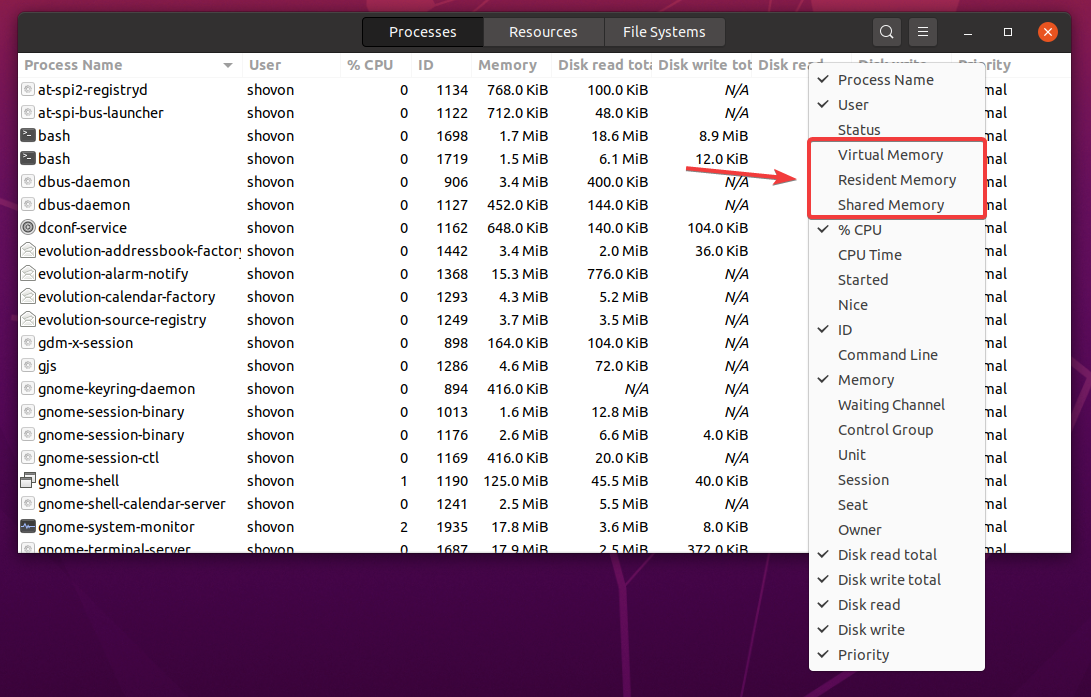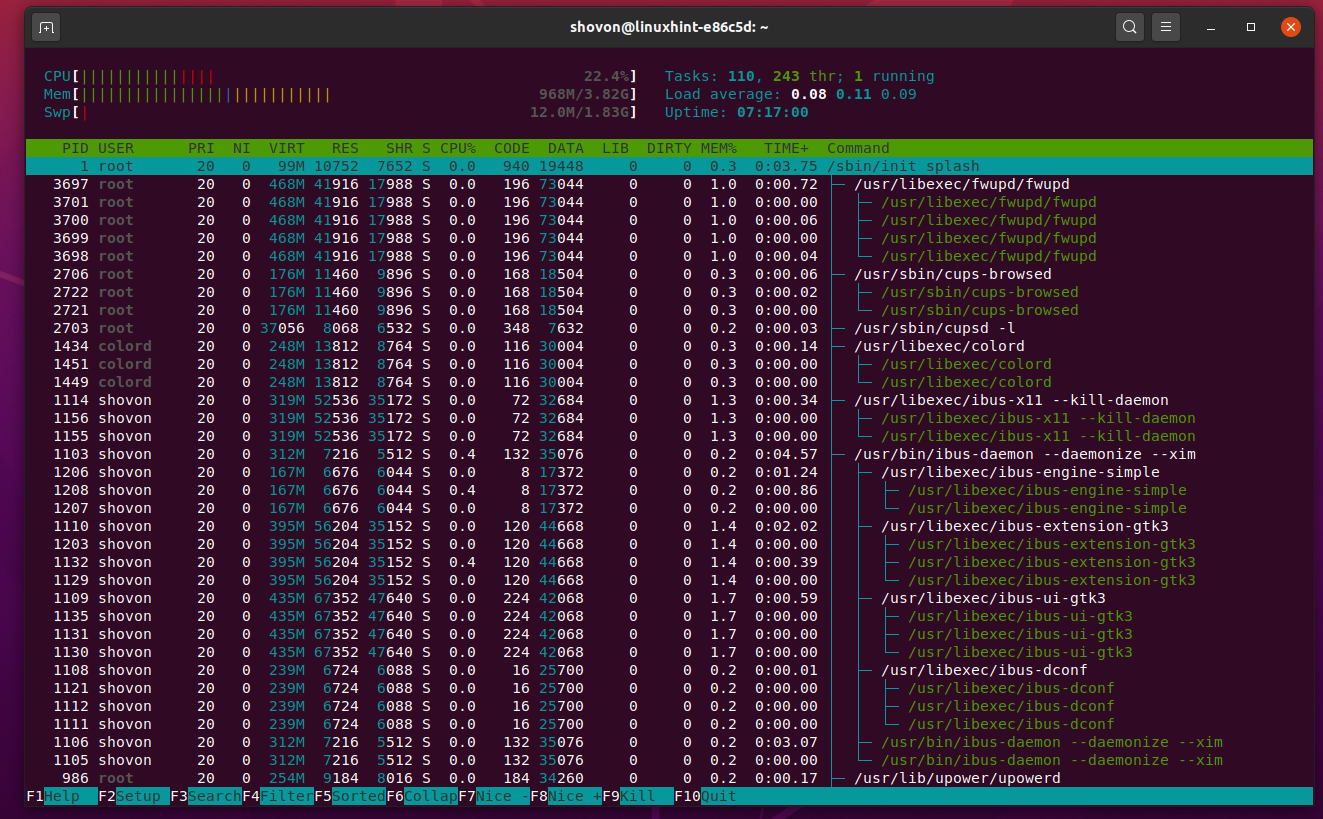

| table os_name os_release os_version machine_architecture_name | rename CPU_TYPE AS CPU CPU_COUNT AS "Number of CPUs" CPU_CACHE AS Cache MEMORY_REAL As RAM MEMORY_SWAP AS Swap HARD_DRIVES AS "Hard Disks" fd0 AS "Floppy Disk" hdc AS "Hard Disk" sda AS "Virtual System | table CPU_TYPE CPU_COUNT CPU_CACHE MEMORY_REAL MEMORY_SWAP fd0 hdc sda | lookup Perimeter.csv Hostname AS host OUTPUT Description

Hardware and Software Details: Linux Servers By default, the display output is unsorted, but can be sorted using –sort options in recursive manner.Hi is a dashboard that i used for Linux Servers monitoring: ps command displays the process ID (pid=PID), the terminal associated with the process (tname=TTY), the cumulated CPU time in hh:mm:ss format (time=TIME), and the executable name (ucmd=CMD). Ps axo ruser,%mem,comm,pid,euser | sort -nr | head -n 10īy default, ps selects all processes with the same effective user ID (euid=EUID) as the current user and associated with the same terminal as the invoker. Run the following command to list top 10 CPU and Memory consuming processes: List Top 10 CPU & Memory Consuming Processes Similarly you can also print the top 10 CPU consuming processes.


This selects the processes with a parent process ID in pidlist. Format is a single argument in the form of a blank-separated or comma-separated list, which offers a way to specify individual output columns. Option of ps allows to specify the output format. Explaining the command and all the options users:


 0 kommentar(er)
0 kommentar(er)
